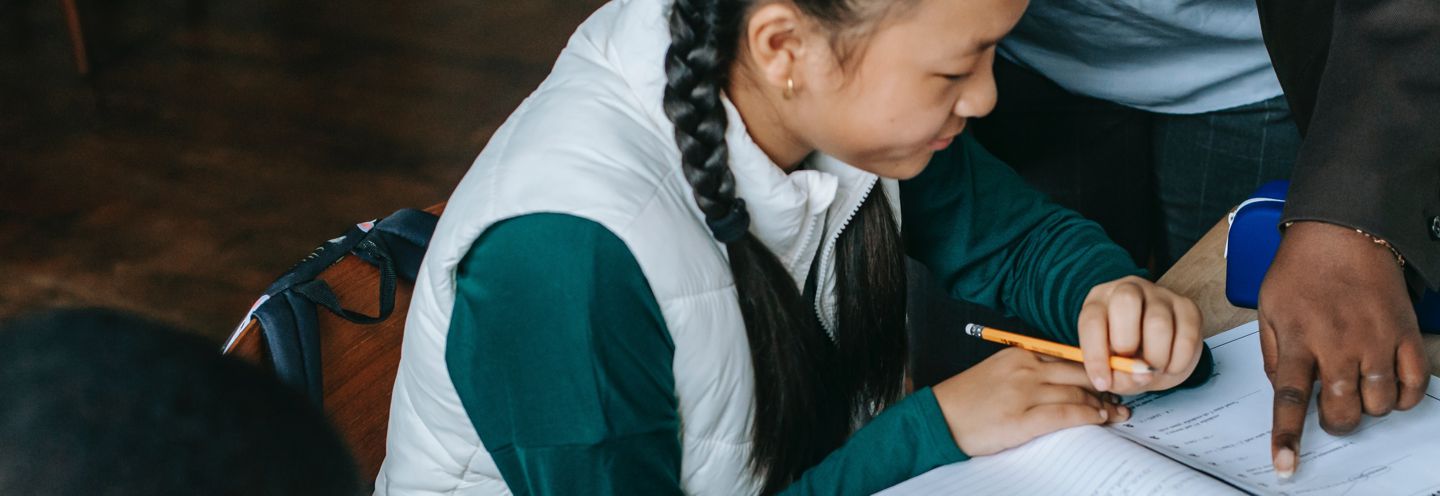Teacher Resources | 386 Results

These lessons are an adaptation of Grade 8 lessons from the Curriculum Healthy Relationships, by Men For Change, Halifax, Nova Scotia, a 53-activity, three-year curriculum designed for teens.

One of the most common ethical decisions kids face online relates to how they access and use content like music, games and videos. We can help kids make better choices by teaching them about the

Here are three tips to help you find good information about health and science topics.Check credentialsIf the source is a person, start by checking that they really exist and that they are a genuine

Video games are a big part of both boys’ and girls’ lives and they can be a very positive experience for kids and families.

In this lesson, students watch a short video that compares getting rid of personal information online to getting toothpaste back into a tube. After a short discussion of how visual analogies like

In this lesson, students discuss television programming aimed at children and how girls and boys are portrayed in it. Students illustrate what they dislike about portrayals of girls or boys and then

Lessons on Media and Global Development for Grades 7-12

To introduce students to the organizations of the Canadian broadcasting industry, and to the codes, guidelines and issues relating to violence, ethics, representation, advertising and the accuracy of

This lesson is designed to be delivered after students have completed at least one of the following lessons: Thinking About Hate, Scapegoating and Othering and Hate or Debate. In groups, students

In this lesson, students learn about the difference between legitimate debate on a political issue and arguments that are based on hate.

